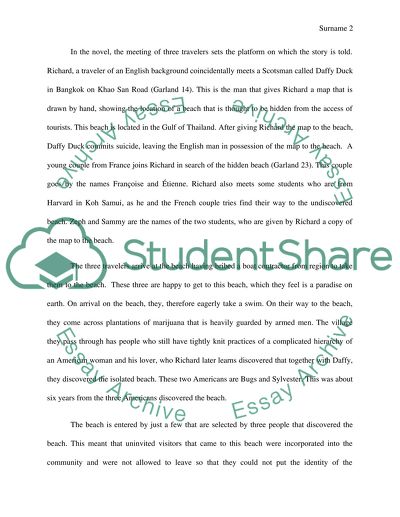Cite this document
(“Drug Culture in Alex Garlands The Beach Research Paper”, n.d.)
Retrieved from https://studentshare.org/literature/1496045-drug-culture-in-alex-garlands-the-beach
Retrieved from https://studentshare.org/literature/1496045-drug-culture-in-alex-garlands-the-beach
(Drug Culture in Alex Garlands The Beach Research Paper)
https://studentshare.org/literature/1496045-drug-culture-in-alex-garlands-the-beach.
https://studentshare.org/literature/1496045-drug-culture-in-alex-garlands-the-beach.
“Drug Culture in Alex Garlands The Beach Research Paper”, n.d. https://studentshare.org/literature/1496045-drug-culture-in-alex-garlands-the-beach.


